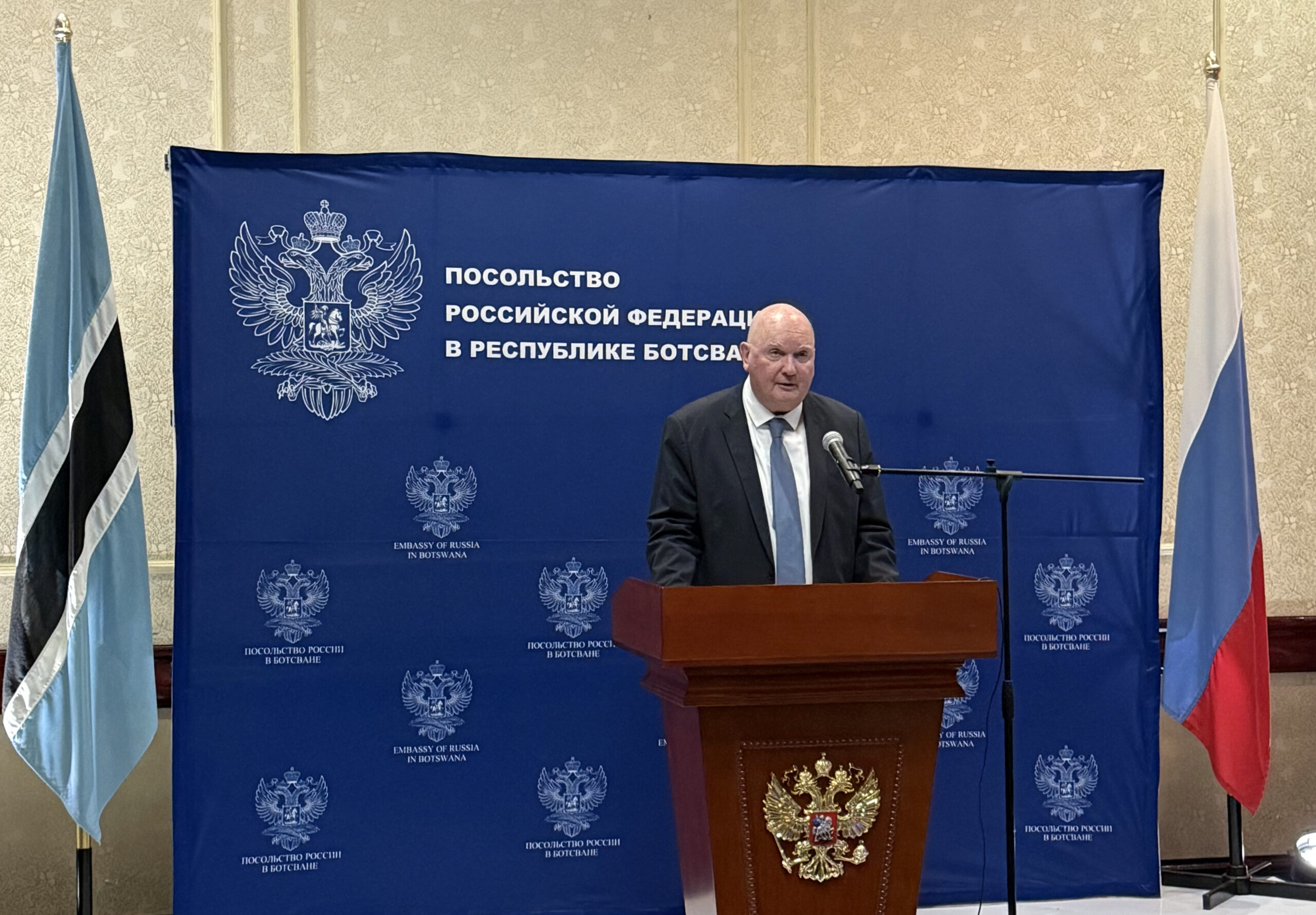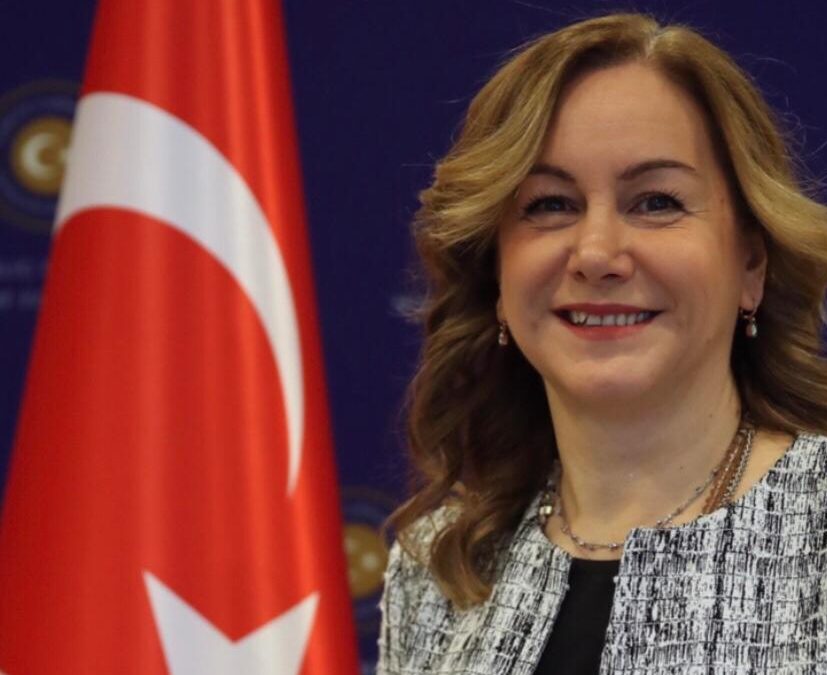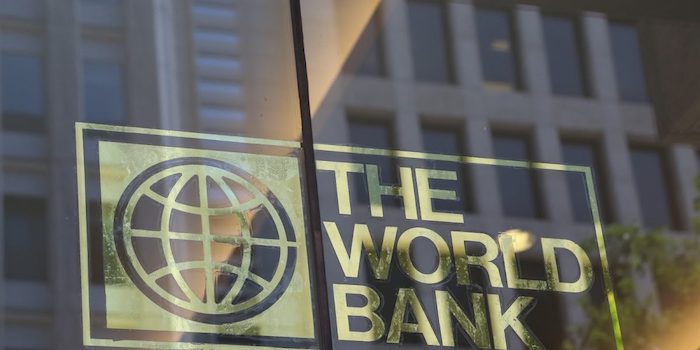
International law has long been held as a safeguard against the horrors of unchecked state power—a framework meant to regulate behaviour between nations, uphold human dignity, and prevent atrocities. Yet today, we are witnessing not a temporary breakdown or failure, but something deeper and more insidious: a condition of decay. The term that best captures this phenomenon is necrosis—a pathological process in which tissue dies due to lack of circulation, infection, or injury. When applied to the international legal order, necrosis speaks to a systemic, spreading death of norms, protections, and institutions, accelerated by impunity, power asymmetry, and selective enforcement.
This article proposes the concept of legal necrosis[1] as both analytical framework and diagnostic tool. Just as necrosis in the human body begins in a limb and, if untreated, spreads to vital organs and ultimately causes death, international law today is experiencing a death from within. It begins with persistent violations that are neither punished nor deterred, and it spreads through institutions rendered inert by political compromise and structural bias. If this necrosis is not addressed with radical intervention—an institutional and normative amputation of the dead tissue—the legal body will not survive.
At the core of this diagnosis stands Western Sahara, a prolonged and legally unambiguous case of colonization and occupation that remains unresolved not because of legal ambiguity but due to the institutional complicity and silence of the very bodies tasked with enforcement. Since Morocco’s illegal invasion and occupation of Western Sahara in 1975, the Sahrawi people have endured what may be described as a slow, structural genocide. This includes forced impoverishment, systemic human rights violations, and the plunder of natural resources such as phosphates and fish stocks—all in clear violation of international legal standards and repeated rulings, including those of the Court of Justice of the European Union. Greenwashing projects have added a layer of cynical public relations, masking extractive violence under the banner of sustainable energy and climate action.

More insidiously, Western Sahara suffers from demographic engineering designed to dilute Sahrawi identity, the withdrawal of nationality and civic status, and ongoing exile of large portions of its population. Cultural erasure, or culturicide, is enforced through systematic repression of language, memory, and dissent, while apartheid-like systems maintain distinct and unequal rights for settlers and indigenous Sahrawi. The long duration of the conflict and the absence of consequences constitute a form of legal nullification—the replacement of law with managed, sanctioned lawlessness. In this case, international law is not merely failing to act; it has become necrotic—dead tissue in the global body politic.
What Western Sahara reveals on a long temporal scale, Gaza displays in real time. Since October 2023 and intensifying into 2024–25, the Israeli assault on Gaza has exposed the total collapse of international humanitarian law. Civilians have been deliberately targeted; hospitals and schools destroyed; access to water, fuel, and medical aid intentionally denied. Starvation is used as a tool of siege warfare. These are not ambiguities in the laws of war; they are direct violations. The International Court of Justice, in its 2024 interim ruling, declared that South Africa’s accusation of genocide was “plausible,” triggering provisional measures that have since been ignored with impunity. The Genocide Convention, often cited as the gold standard of international legal commitment, has thus been stripped of any operative power.
Here, necrosis becomes not just institutional but normative: a system designed to prevent genocide is now used to manage it. The lack of enforcement mechanisms, coupled with political shielding—particularly by the United States and other UN Security Council members—has rendered the system functionally mute. The dead weight of proceduralism and political alignment ensures that law not only fails to protect but is used to legitimize atrocities.
This structural collapse is further illustrated by the unfolding war between Israel and Iran, which began in earnest with Israel’s aerial strike on Iranian infrastructure. That act, conducted without any UN Security Council authorization and lacking evidence of imminent threat, constituted a direct violation of Article 2(4) of the UN Charter. Iran’s retaliation, followed as a response to this aggression. However, what followed in the Western media was a complete inversion of legal and moral logic: the aggressor was portrayed as the defender, and the victim of the initial strike became the villain of the narrative.
This discursive manipulation is part of the same necrotic process. When legal categories are subordinated to political narrative, truth decays alongside law. International law loses not only its enforceability but also its intelligibility. The media, acting in concert with political powers, erodes public understanding of basic legal principles, such as proportionality, aggression, and civilian protection. This is narrative necrosis—a process where complexity is flattened, aggression is reframed, and legality is overwritten by spin.
Underlying all of these cases is the erosion of multilateralism, which once formed the immune system of the international legal body. Institutions such as the United Nations, the International Criminal Court, and the various treaty frameworks of international humanitarian and environmental law were built on the promise of universal participation and accountability. Yet we now see a deliberate and accelerating turn toward bilateralism—a model of international relations defined not by shared norms but by asymmetrical power arrangements.
Bilateralism enables states to avoid scrutiny, make deals that override international law, and grant impunity to violators. The U.S.–Israel relationship, for example, ensures continuous military aid and diplomatic protection at the UN, despite ongoing violations. EU migration agreements with Morocco outsource border control and human rights abuses to a third-party state, sidestepping refugee and humanitarian law. The Abraham Accords bypass Palestinian rights entirely, offering recognition in exchange for economic and military ties.
This turn toward bilateralism is not just a symptom—it is a method for facilitating necrosis. Multilateralism, with all its imperfections, at least aspired to normativity and universality. Bilateralism reduces law to transaction and power. It privatizes the international legal sphere, amputating collective enforcement and institutional solidarity. What results is a hollow shell of legality, where obligations are contingent and accountability is a matter of negotiation.
The implications are grave. The necrosis of international law produces a world in which crimes are normalized, where the most powerful states are de facto exempt from legal restraint, and where the international legal order itself becomes complicit in violence. It discredits the legitimacy of institutions and deepens the divide between the Global North and South, further alienating postcolonial nations from a system already steeped in colonial legacy. Without a credible system of legal protection, the most vulnerable populations—refugees, indigenous peoples, stateless persons—are left entirely without recourse.
In light of this, we must be clear: international law is not in crisis—it is in necrosis. It is a body in decay, its connective tissue torn, its organs failing. The longer we treat this as a temporary affliction, the more irreversible the damage becomes. What is needed is not reform but radical intervention—legal and institutional debridement.
That intervention must begin with institutional transformation: the restructuring and/or outright abolition of the Security Council’s veto power in cases of mass atrocity; the democratization of international legal forums to include voices from the Global South; and the creation or strengthening of alternative accountability mechanisms, including universal jurisdiction, people’s tribunals, and regional courts with binding authority.
It must also include a discursive reparation: challenging dominant media narratives, amplifying legal complexity, and resisting the collapse of truth into propaganda. Civil society actors—NGOs, journalists, legal scholars—must function as the last antibodies, preserving normativity and documenting violations even when the system itself refuses to act.
Finally, we must recognize that necrosis cannot be reversed—it can only be contained or removed. The dead parts of the international legal order—the veto system, the bilateral shield mechanisms, the performative institutions—must be amputated, not preserved. Only then can new tissue grow.
Legal necrosis, then, is the irreversible decay of the international legal order’s protective and normative functions, caused by structural impunity, systemic hypocrisy, and narrative distortion. It manifests in institutional paralysis, selective enforcement, and the loss of both credibility and universality. Without radical intervention, the condition is terminal.
This is not merely an academic observation—it is an urgent political call. The body of law is dying. If we do not act, we will inherit a world where atrocity is normalized, law is ornamental, and justice is a memory.
[1] Definition: Legal Necrosis
Legal necrosis is the author’s term for the irreversible decay of international law’s protective and normative functions, triggered by sustained violations, selective enforcement, and the erosion of universality. Like tissue death in a biological organism, legal necrosis spreads through inaction and complicity, ultimately leading to the collapse of the legal order unless radically treated.
* Dr. Isabel Lourenço is a researcher at the Center for African Studies in the University of Porto, Portugal









